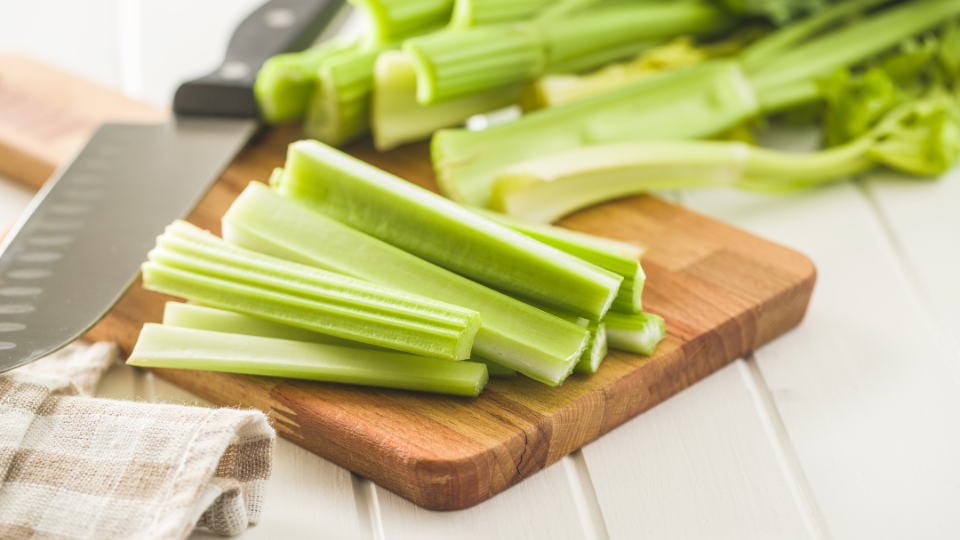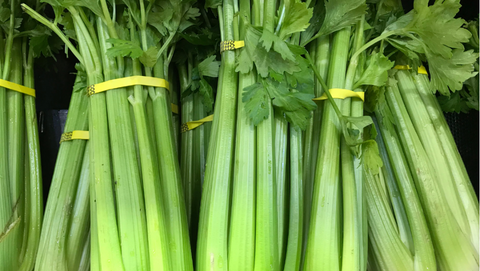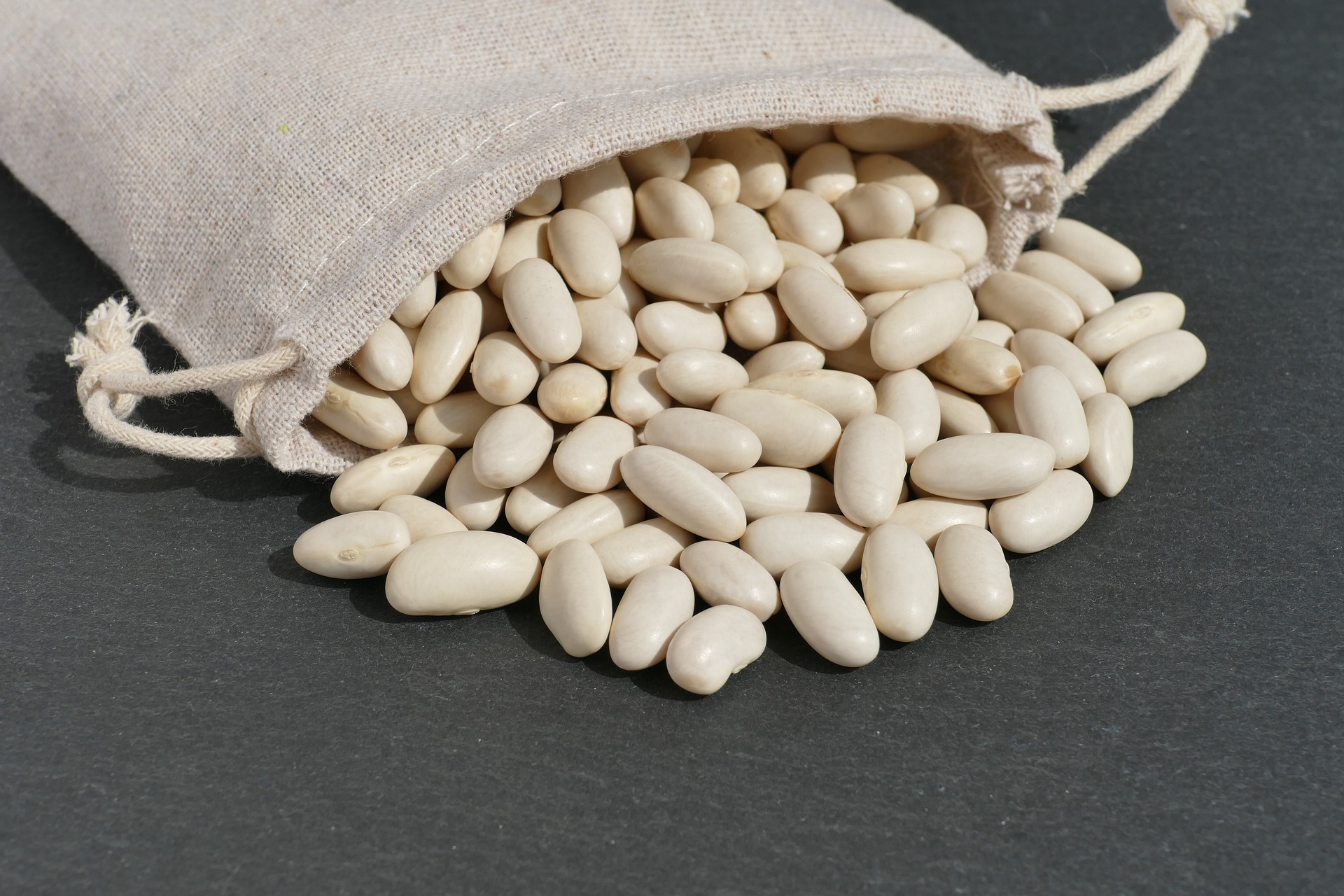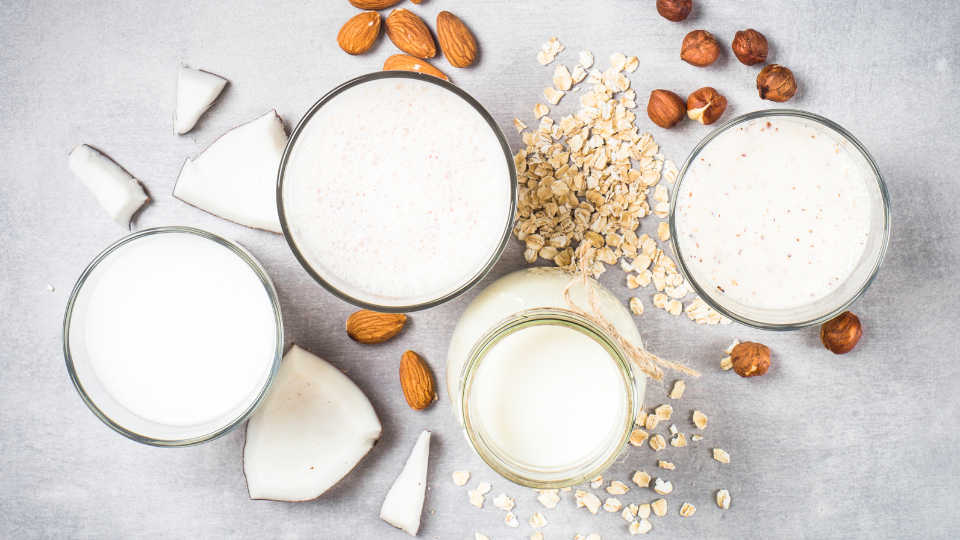Fruit and Vegetable Guide Series: Celery

Utah Local Fresh Season: Fall
Availability: Celery is available year-round from local grocery stores.
Eating: Celery has a crisp and fresh taste and adds a unique fresh boost to soups, stir-fries, and salads.
Selecting: For best taste and quality, select celery that is light green (but not white) in color, has fresh leaves with no signs of wilting, and is free from bruises and discoloration. Celery should feel heavy for its size and should “squeak” when you squeeze the plant gently with your hand. Be sure to avoid stalks that are limp, bendable, and spread out.
Cleaning and Preparing: Separate each of the celery stalks and thoroughly rinse with running water, as dirt is often lodged between the individual stalks. Trim the stalks of the leaves and the bottom white area. Cut the stalks to desired length and size.
 Storing: Celery keep best when stored in a plastic bag in the vegetable crisper drawer of the refrigerator. Store the vegetable away from fruits to prevent premature spoilage. Celery will keep for 1-2 weeks.
Storing: Celery keep best when stored in a plastic bag in the vegetable crisper drawer of the refrigerator. Store the vegetable away from fruits to prevent premature spoilage. Celery will keep for 1-2 weeks.
Cooking: Celery can be eaten raw, cooked, boiled, sauteed, or steamed. Celery gives a great crunch to your favorite salad, and it adds great color and flavor to soups. Simply chop celery to desired size and shape, then eat plain with a dip or add to cooked dishes.
Celery is commonly used to make a traditional French soup, stew, meat, and sauce flavoring mixture called mirepoix (meer-pwah). To make a basic mirepoix combine 1 cup diced onion, ½ cup diced carrot, ½ cup diced celery, and 1 tsp of oil or butter. Sauté vegetables over medium heat until tender. Add soup or meat to the mixture and continue cooking as specified in the dish recipe.
Nutrition Highlight: Celery is very low in calories and a good source of vitamin C, A, K, folate, and potassium.
Growing Celery: Celery can be grown in Utah. For more information see “Celery in the Garden” by Brandon West and Dan Drost (see reference 5).
Preserving Celery: Freezing is the best home preservation method for celery. Frozen celery will lose its crispness and will only be suitable for cooked dishes. Using celery fresh will provide the best taste and texture.
For instructions for freezing celery go to https://nchfp.uga.edu/how/freeze/celery.html
References
- https://fruitsandveggies.org/?s=celery
- https://www.dole.com/en/produce/vegetables/celery
- https://www.cooks.com/rec/search?q=celery
- West, Brandon. "Celery in the Garden." Utah State Extension (2010): 1--‐ 2. Web. 21 Jul 2010. https://extension.usu.edu/yardandgarden/research/celery-in-the-garden
- So Easy to Preserve", 6th ed. 2014. Bulletin 989, Cooperative Extension Service, The University of Georgia, Athens. Revised by Elizabeth L. Andress. Ph.D. and Judy A. Harrison, Ph.D., Extension Foods Specialists. https://nchfp.uga.edu/how/freeze/celery.html
Authors
Marie Stosich, RD and Hilari Holmgren, Nutrition Education Assistant
Guide Editors: Heidi LeBlanc and Debra Christofferson
Additional Editors: Gayla M. Johnson, Eileen Milligan, Jenna Dyckman, Catherine Hansen
*This publication is a part of a series created by Create Better Health and Utah State Extension Employees. It has been reviewed and updated to include current evidence-based research and recommendations.
Related Nutrition Articles






